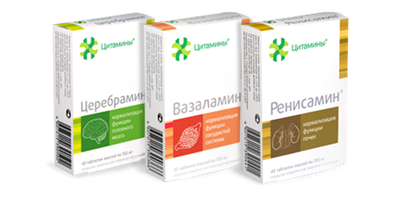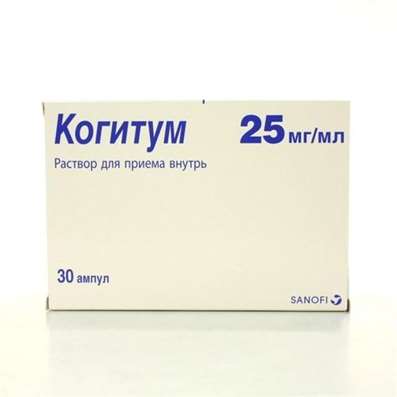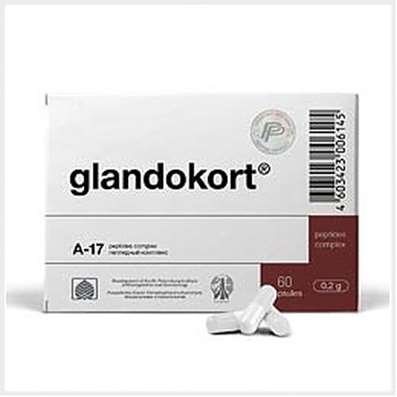Instruction for use: Levodopa + Benserazide
I want this, give me price
The Latin name of the substance Levodopa + Benserazide
Levodopum + Benserazidum (genus. Levodopi + Benserazidi)
Pharmacological group
Dopaminomimetics in combination
The nosological classification (ICD-10)
G20 Parkinson's disease: A trembling paralysis; Idiopathic Parkinsonism; Parkinson's disease; Symptomatic Parkinsonism
G21 Secondary Parkinsonism: Medicinal Parkinsonism; Parkinsonism; Parkinsonism symptomatic; Disorders of extrapyramidal system; Parkinson's Syndrome
G25.8 Other specified extrapyramidal and motor disorders: Restless legs syndrome; Idiopathic Restless Leg Syndrome; Attention Deficit Hyperactivity Disorder
CAS Code
58-73-1
Characteristics of substances Levodopa + Benserazide
An antiparkinsonian agent (a precursor of dopamine + a peripheral inhibitor of DOPA-decarboxylase).
Pharmacology
The pharmacological action is antiparkinsonian.
Levodopa (levorotatory isomer DOPA) is the immediate precursor of dopamine. The antiparkinsonian effect of levodopa is due to its transformation into dopamine and the replacement of its deficiency directly in the central nervous system. Eliminates hypokinesia, rigidity of muscles, tremor, dysphagia, salivation. Most levodopa is converted to dopamine in peripheral tissues, the dopamine formed here is not involved in the implementation of the antiparkinsonian effect of levodopa (does not penetrate the central nervous system) and is responsible for most of its side effects.
Benserazid, an inhibitor of peripheral DOPA decarboxylase, reduces the formation of dopamine in peripheral tissues, which indirectly leads to an increase in the amount of levodopa entering the central nervous system, on the one hand, and a reduction in side effects, on the other. The optimal combination of levodopa and benserazide 4: 1. The pronounced therapeutic effect is observed after 6-8 days, the maximum after 25-30 days. Capsules GSS (hydrodynamically balanced system) - a new dosage form - provides a more stable and sustained maintenance of a therapeutically effective concentration.
Data on the pharmacokinetics of benserazide are limited. Levodopa, when taken orally, is rapidly absorbed from the digestive tract. Absorption - 20-30% of the dose, Tmax for oral intake - 2-3 hours. Absorption depends on the rate of evacuation of stomach contents and on the values of intragastric pH. The presence of food in the stomach slows down absorption. Some food amino acids can compete with levodopa for absorption from the intestine and transport through the BBB. In large quantities is contained in the small intestine, liver and kidneys, only about 1-3% penetrates the brain. T1 / 2 - 3 hours Excretion: by kidneys, through the intestine - 35% within 7 hours Metabolized in all tissues, mainly by decarboxylation with the formation of dopamine, which does not penetrate the BBB, metabolites - dopamine, norepinephrine, epinephrine - are excreted by the kidneys . About 75% is excreted by the kidneys in the form of metabolites for 8 hours.
Applixation of the Levodopa + Benserazide
Parkinson's disease, Parkinson's syndrome (except for caused by antipsychotic drugs). Restless legs syndrome, incl. Idiopathic and in patients with chronic renal failure receiving dialysis.
Contraindications
Hypersensitivity, severe disorders of the cardiovascular system, endocrine system, liver, kidneys (except for patients with restless legs syndrome receiving dialysis), mental illness with psychotic component, angle-closure glaucoma, simultaneous reception of non-selective MAO inhibitors or a combination of MAO A and MAO B inhibitors , Pregnancy, lactation, age up to 25 years; Genital age in women who do not use reliable methods of contraception.
Side effects of Levodopa + Benserazide
On the part of the digestive system: anorexia, nausea, vomiting, diarrhea, loss or change in taste, dryness of the oral mucosa.
From the skin: itching, rash.
From the cardiovascular system: arrhythmia, orthostatic hypotension (weakening after a decrease in the dose), an increase in blood pressure.
On the part of hemopoiesis: hemolytic anemia, transient leukopenia, thrombocytopenia.
From the side of the nervous system: headache, dizziness, at later stages of treatment - spontaneous movements (chorea, athetosis), episodes of solidification, weakening of effect at the end of the dose, on-off phenomenon, pronounced drowsiness, episodes of sudden drowsiness, increased symptoms of restless syndrome Legs, agitation, anxiety, insomnia, hallucinations, delirium, temporary disorientation, depression.
On the part of the respiratory system: rhinitis, bronchitis.
Other: febrile infection.
Laboratory indicators: transient elevation of hepatic transaminase and alkaline phosphatase activity, increase of blood urea nitrogen.
Interaction
Neuroleptics, opioid analgesics, hypotensive drugs containing reserpine, reduce the effect of the drug. With the simultaneous use of levodopa with MAO inhibitors (with the exception of MAO B inhibitors), there may be a disturbance of blood circulation (administration of MAO inhibitors should be stopped within 2 weeks). This is due to the accumulation under the influence of levodopa dopamine and norepinephrine, inactivation of which is inhibited by MAO inhibitors, and a high probability of development of excitation, increased blood pressure, tachycardia, facial flushing and dizziness. The combination of MAO inhibitors A and MAO B is equivalent to the intake of a non-selective MAO inhibitor, which is a contraindication. General anesthesia with halothane - risk of fluctuations in blood pressure, arrhythmia; The drug should be withdrawn 12-48 hours before anesthesia. Levodopa enhances the action of sympathomimetics (epinephrine, norepinephrine, isoprenaline, amphetamine). Other antiparkinsonian drugs (anticholinergic drugs, amantadine, dopamine agonists) - increased side effects. Food rich in proteins can reduce the absorption of levodopa in the digestive tract.
Overdose
Symptoms: arrhythmia, confusion, insomnia, nausea, vomiting, pathological involuntary movements.
Treatment: symptomatic (respiratory analeptics, antiarrhythmic drugs, neuroleptics), control of vital functions.
Routes of administration
Inside.
Precautions for substances Levodopa + Benserazide
Patients with open-angle glaucoma against the background of taking the drug should regularly monitor intraocular pressure. Treatment is carried out until a surgical procedure requiring general anesthesia (with the exception of halothane). Unacceptable sudden discontinuation of reception, t. Abrupt cancellation can lead to the development of malignant neuroleptic syndrome. The drug may affect the results of laboratory determination of catecholamines, creatinine, uric acid and glucose; Possible false positive test Coombs. During the period of treatment, it is necessary to monitor the function of the liver and kidneys, the formula of peripheral blood. In patients with diabetes, frequent monitoring of the concentration of glucose in the blood plasma and, if necessary, correction of the dose of hypoglycemic drugs. During the treatment period, care must be taken when driving vehicles and engaging in other potentially hazardous activities requiring increased attention and speed of psychomotor reactions; When there are episodes of drowsiness, incl. Sudden, you should refrain from driving a car, etc.

 Cart
Cart





